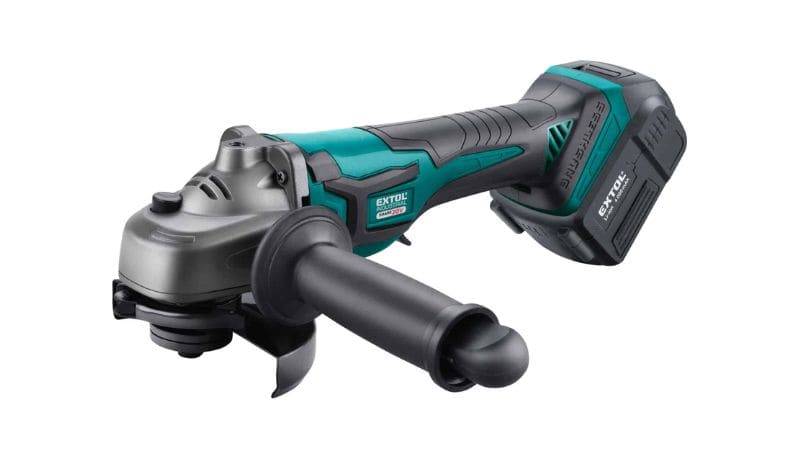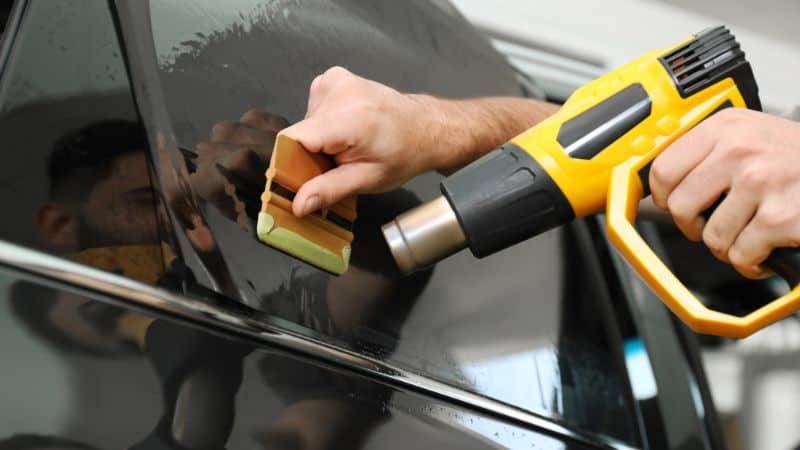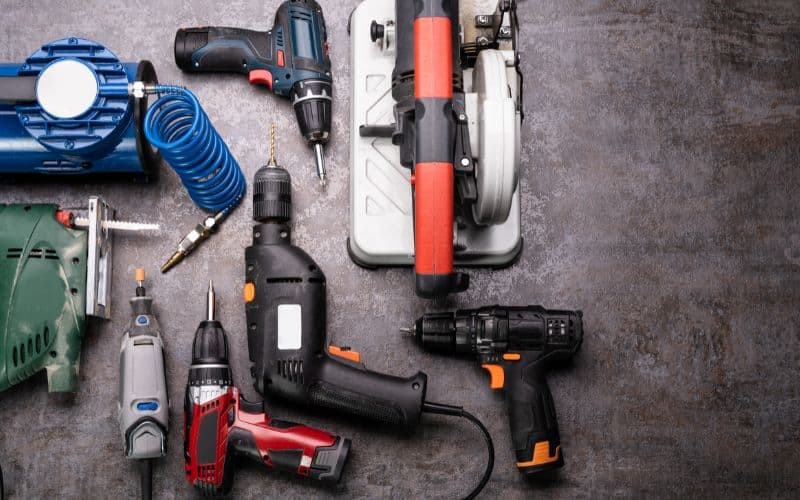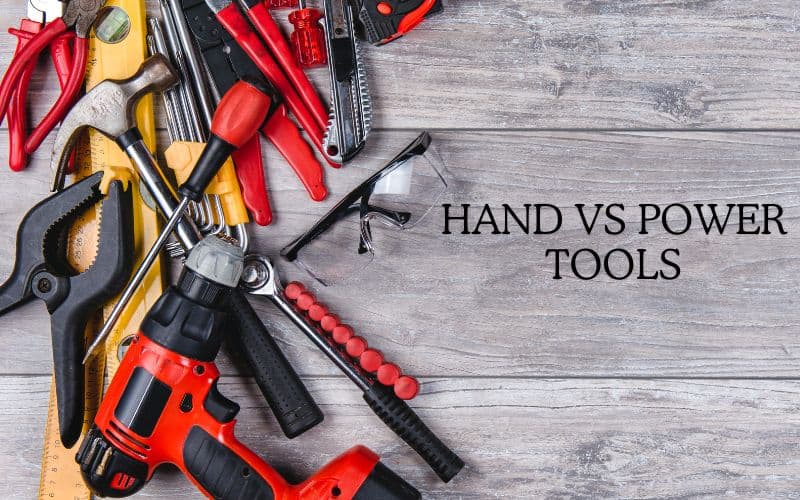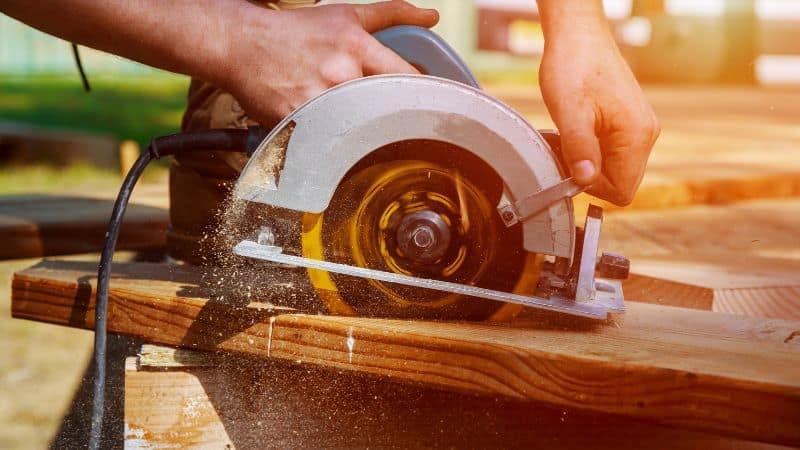Some tools significantly simplify the life of professionals, including spray painters. The air compressor for car painting, large or small, supply lots of power to paint sprayers used to paint automobiles, sidewalks, homes, and fencing.
It is unlikely to execute a superior paint job or paint quickly and with power without the right air compressor. Canisters for compressed air come in a variety of sizes and designs suitable for all kinds of auto painting.
Some are heavy-duty and require wheels, while others are lightweight and portable, allowing easy movement around a job site. The best air compressor for car painting depends on the user’s needs, just like any other tool.
The size of the air compressor that you need to paint a car will depend on the size of the spray gun that you are using and the type of paint that you are using. It’s a good idea to consult the manufacturer’s recommendations for both the spray gun and the paint to determine the size of the air compressor that you will need.
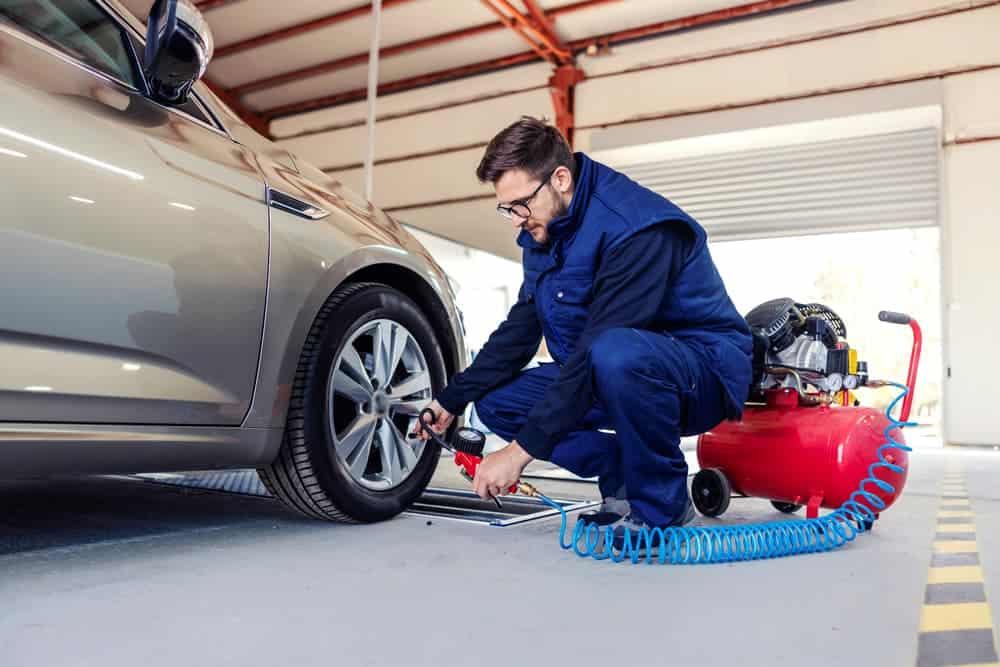
Types of Air Compressors
There are several types of air compressors, including:
Reciprocating Air Compressors
These compressors use pistons to compress air and store it in a tank. They are commonly used for small to medium-sized applications, such as inflating tires or operating power tools.
Rotary Screw Air Compressors
These compressors use two interlocking screws to compress air and store it in a tank. They are commonly used for more extensive, industrial-sized applications, such as running air-powered machinery in a factory.
Centrifugal Air Compressors
These compressors use a spinning impeller to compress air and store it in a tank. They are commonly used for high-pressure applications, such as natural gas pipelines.
Diaphragm Air Compressors
These compressors use a flexible diaphragm to compress air and store it in a tank. They are commonly used in medical and dental applications, as they do not generate heat or oil mist.
Axial flow Air Compressors
These compressors use a series of blades to compress air and store it in a tank. They are frequently used in jet engines and other high-performance applications.
Portable Air Compressors
These compressors are designed to be portable and are often used for inflating tires, operating air tools, and other small applications.
Oil-Free vs. Oil-Lubricated Compressors
Oil-free air compressors and oil-lubricated air compressors are two types of air compressors that are used for different purposes.
Oil-free air compressors do not use oil to lubricate the compressor’s moving parts. They are commonly used in applications where oil mist or residues is unacceptable, such as in the food and pharmaceutical industries.
Oil-free compressors are also generally quieter and require less maintenance than oil-lubricated compressors. On the other hand, oil-lubricated air compressors use oil to lubricate the compressor’s moving parts.
They are commonly used in industrial and automotive applications, where the presence of oil mist or residue is not a concern.
Oil-lubricated compressors are generally more durable and have a longer lifespan than oil-free compressors. However, they are also louder and require more maintenance, as the oil needs to be regularly changed.
If you are wondering what type of compressor is best for your application, this will depend on a number of factors. It is crucial to consider factors such as the type of application, the required level of cleanliness, the operating environment, and the maintenance needs of the compressor.

Factors to Consider when Choosing an Air Compressor for Painting Cars
Size
Make sure the compressor is large enough to handle the spray gun you’ll use. A 1-3 horsepower compressor should suffice for a minor touch-up gun. You’ll want at least a five-horsepower compressor for a full-size spray gun.
Airflow Rate
The compressor should deliver sufficient air to support your spray gun’s flow rate. This is usually measured in cubic feet per minute (CFM).
Pressure
The compressor should be able to deliver air at the required pressure for your spray gun. This is usually measured in pounds per square inch (PSI).
Tank size
If you are using the compressor for extended periods, a larger tank will allow the compressor to run less frequently, which can help prolong its lifespan.
Portability
If you need to move the compressor around your shop or take it with you to different job sites, choose one with wheels and a handle for easy transport.
Noise level
Some compressors can be quite loud, so if noise is a concern, look for one with a low decibel rating.
Horsepower
The horsepower of the air compressor should be sufficient to operate the spray gun without straining the motor.
Duty Cycle
The air compressor’s duty cycle refers to the time it can run before needing to stop and cool down. If you are using the compressor for extended periods, you will need a unit with a high-duty cycle.
Brand Reputation
It is generally a good idea to choose an air compressor from a reputable manufacturer with a track record of producing high-quality products.
Price
Determine your budget and look for a compressor that offers the features you need at a price that works for you.
It’s also a good idea to read reviews from other users and consult with a salesperson at a store that specializes in air compressors. They can help you find a model that meets your needs and fits your budget.
Top Selling Products
Oil-lubricated Air Compressor, 2200W 50L 418211
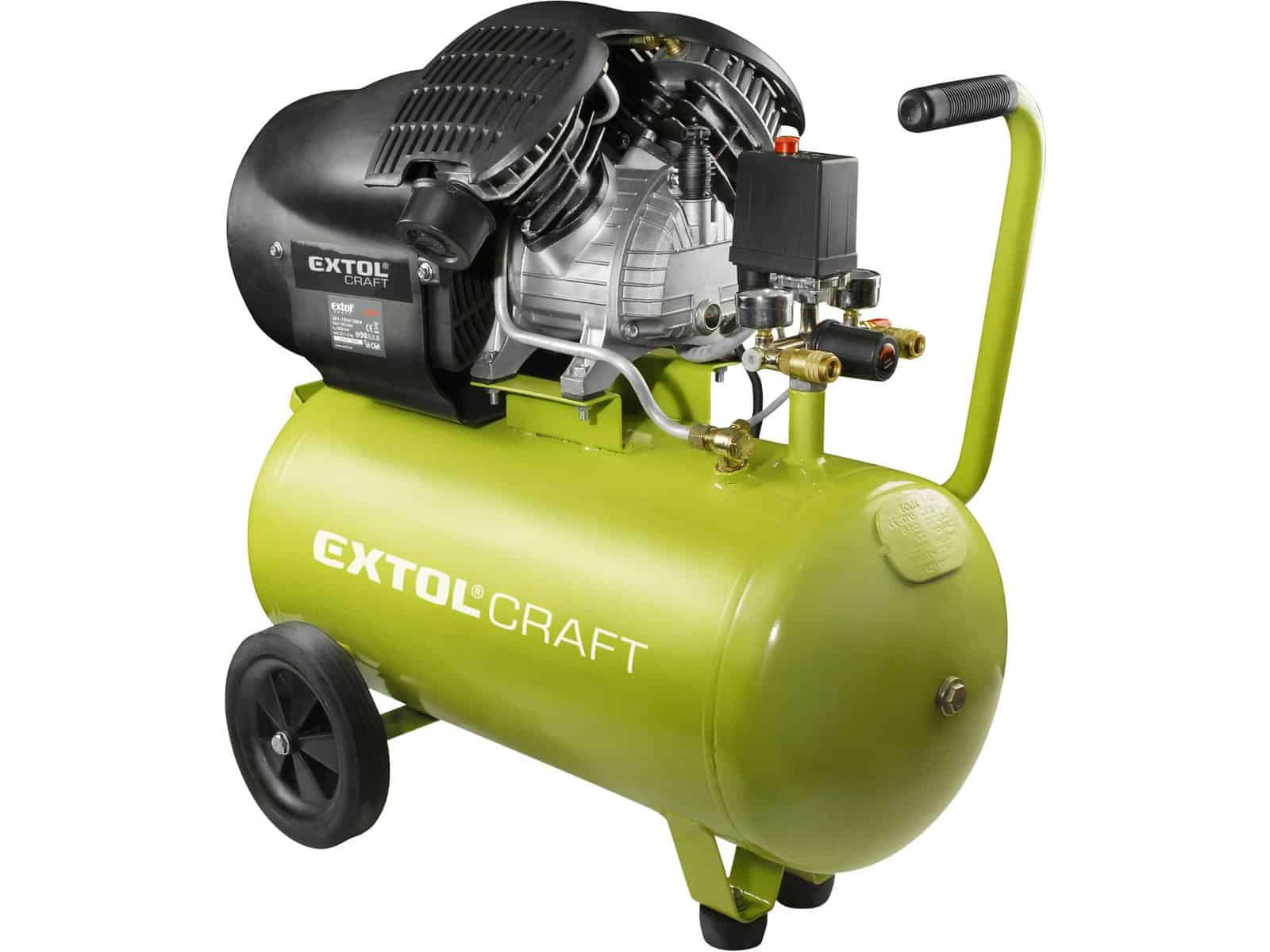
With the high output and large tank capacitor, this compressor uses two pistons to compress air, providing a higher output than a single-piston compressor. This compressor is typically more durable and has a longer lifespan than an oil-free compressor.
Still, it requires some maintenance, and the user should change the oil periodically. It is built with a sturdy set of wheels for easy usage and transportation. The clear pressure gauge display enables the outlet pressure value to be easily set.
Oil-lubricated Air Compressor, 1500W, 24L 418200
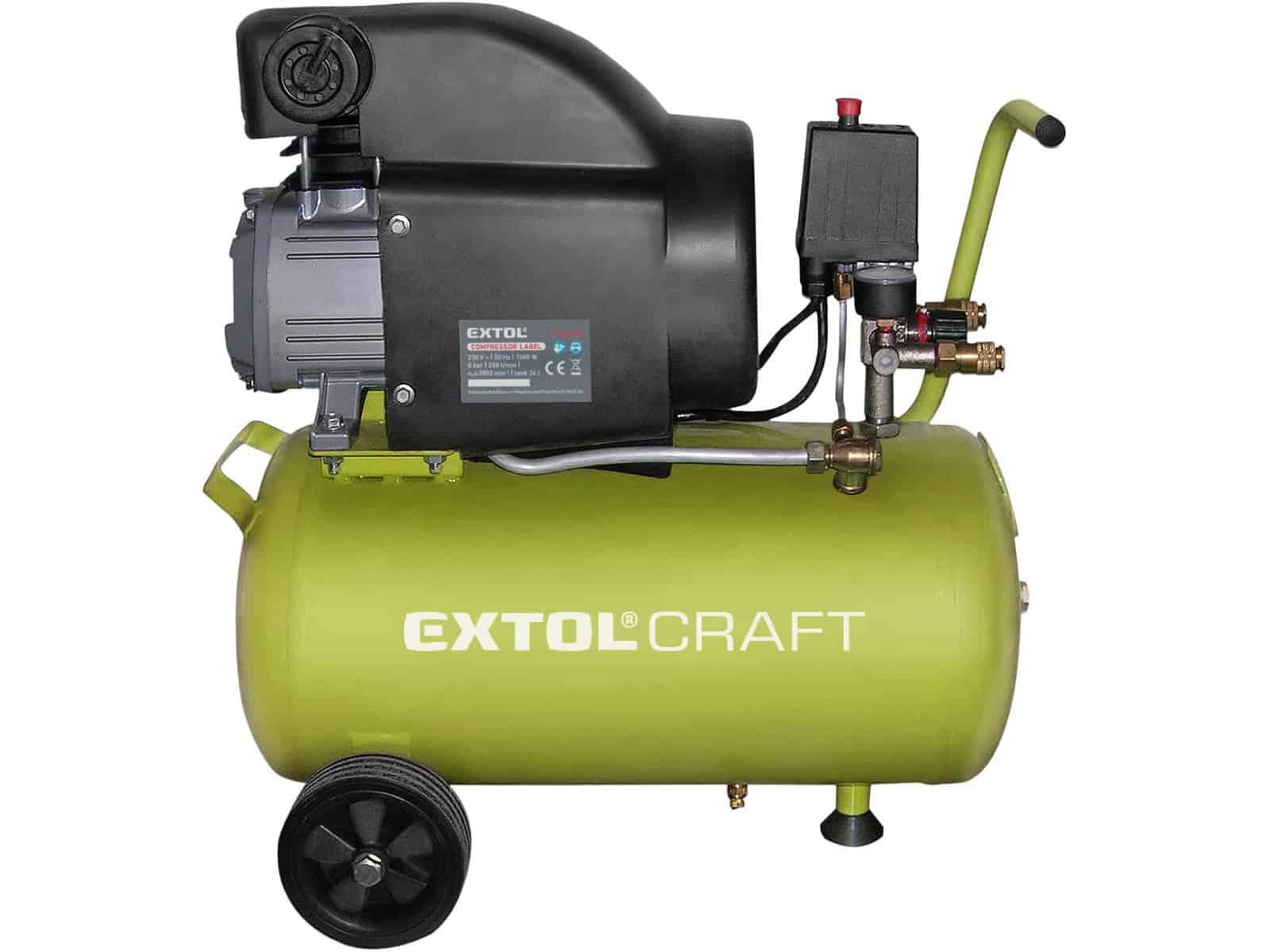
This compressor has a power rating of 1500W and a tank capacity of 24 liters. Its features include an optical oil level indicator that allows you quickly see the level of oil in the compressor, while wheels on the compressor facilitate easy movement.
The clear pressure gauge indicator allows you to easily set and monitor the compressor’s pressure. With an output pressure of 8 bars and a suction power of 208 liters per minute, this compressor is suitable for use with a wide range of pneumatic tools.
Oil-lubricated Air Compressor, 1800W, 50L 8895315
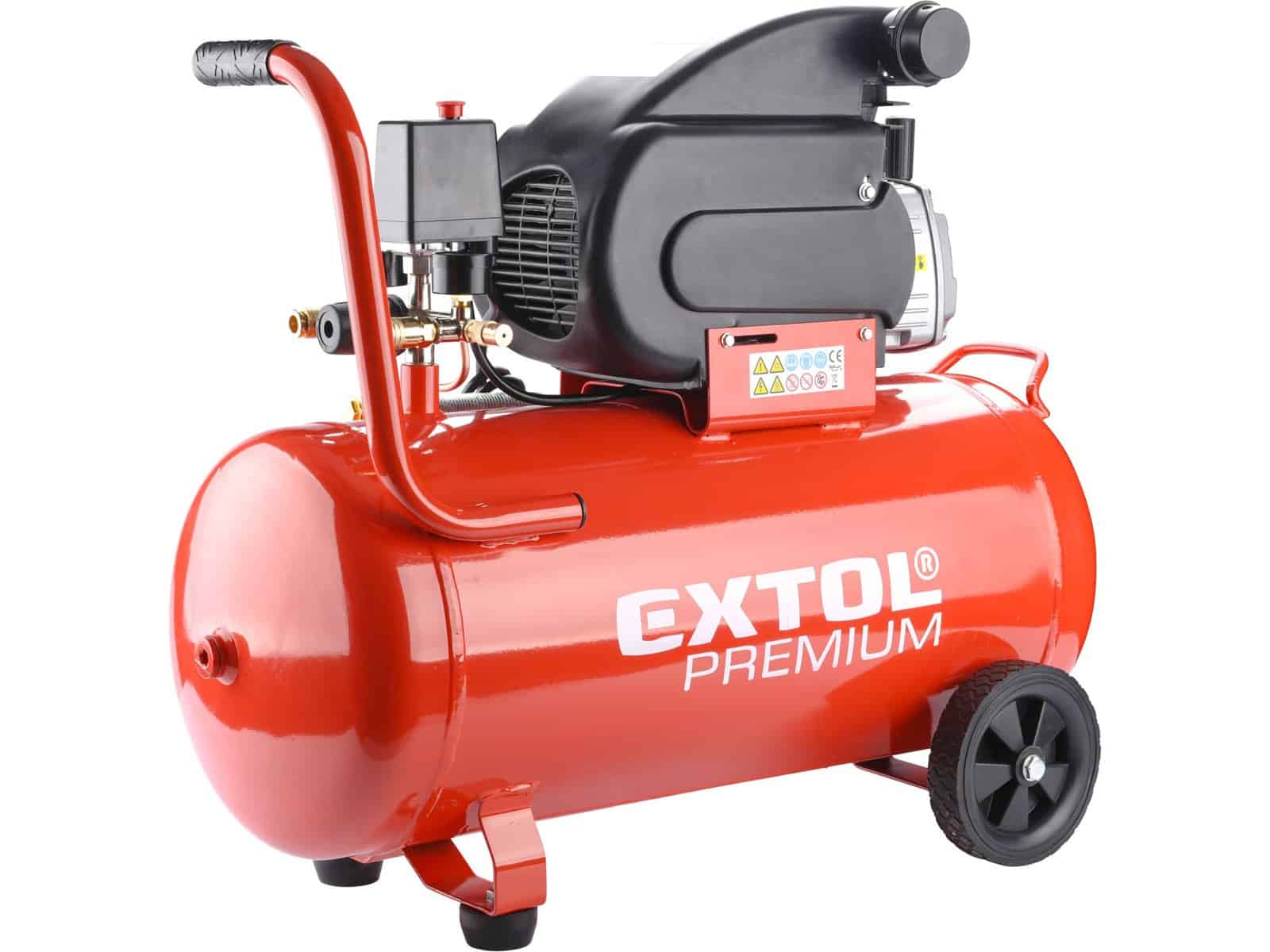
The tank has a volume of 50 liters, and the maximum pressure is 8 bar (0.8 MPa). The compressor’s power consumption is 1800W, with a speed of 2850 RPM.
The suction power of the compressor has an outstanding performance of 235 liters per minute, and the filling performance is 188 liters per minute at 4 bar and 150 liters per minute at 8 bar.
Users can enjoy fast operation since filling the tank takes 2 minutes and 40 seconds. The packaging weight of this oil-lubricated air compressor is 35 kg.
Oil-lubricated Air Compressor, 24L 418201
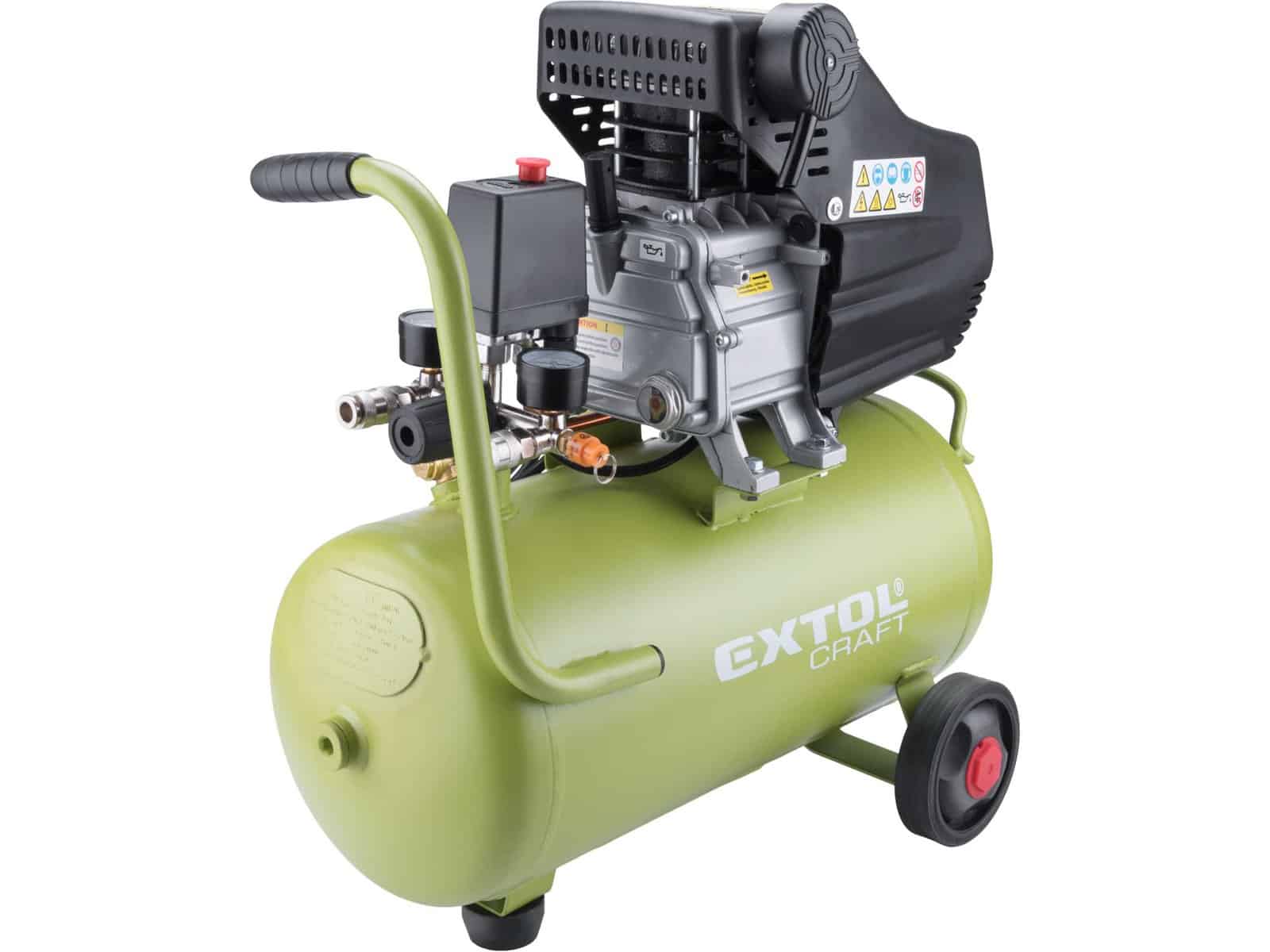
With an output pressure of 8 bar and a suction power of 154 liters per minute, this compressor is suitable for use with a wide range of pneumatic tools. The clear pressure gauge display and the second pressure gauge allow you to set and monitor the compressor’s pressure without hassle.
Part of its design includes an optical oil level indicator that allows you to see the oil level in the compressor easily. With sturdy wheels, you can move this compressor quickly while in operation.
How to Set up an Air Compressor for Spray Guns and Painting
To set up an air compressor for use with spray guns and painting, you will need the following equipment:
- An air compressor with sufficient capacity for the spray gun you will be using.
- An air hose that is compatible with the compressor and the spray gun.
- A regulator and gauge to control the pressure of the air coming from the compressor.
- A moisture trap removes water and oil from the air.
- A filter to remove dirt and other contaminants from the air.
Air Compressor Daily Maintenance Checklist
Check the oil level and add oil if necessary.
Check the air filter and clean or replace it if it is dirty.
Check all hoses and connections for leaks or damage.
Check the belts for tension and wear.
Check the pressure gauges and ensure they are working correctly.
Check the safety valve and ensure it is functioning correctly.
Check the unloading valve and ensure it is functioning properly.
Check the drain valve and open it to drain any accumulated condensation in the air tank.
In addition to these daily checks, performing regular maintenance on your air compressor, including lubricating moving parts, replacing worn-out parts, and cleaning the unit, is essential.
Extol Tools prioritizes customer safety and ensures all equipment is manufactured and distributed following the standard safety procedure. We serve many customers worldwide and ensure orders are delivered on time.
We specialize in the wholesale production of various tools and understand the need for technical support. Hence, we have a team of professionals to answer your questions and offer technical support. Please contact us by filling out the customer contact form to place an order or for more information.

